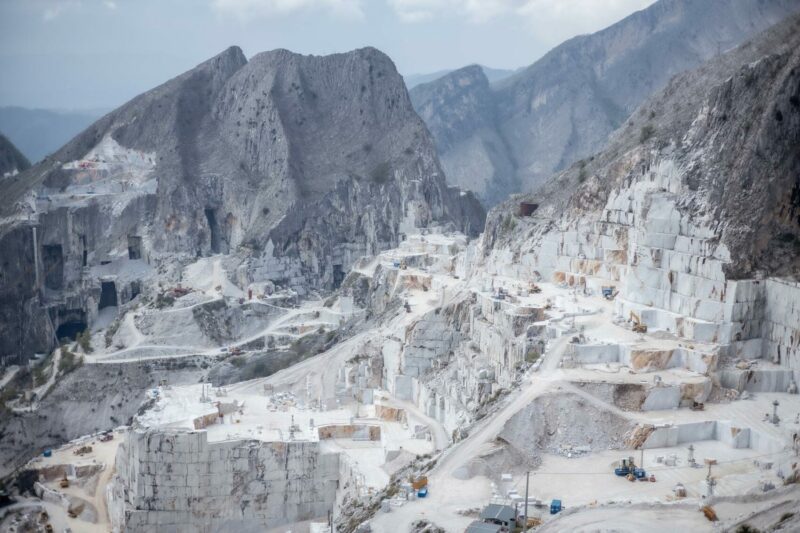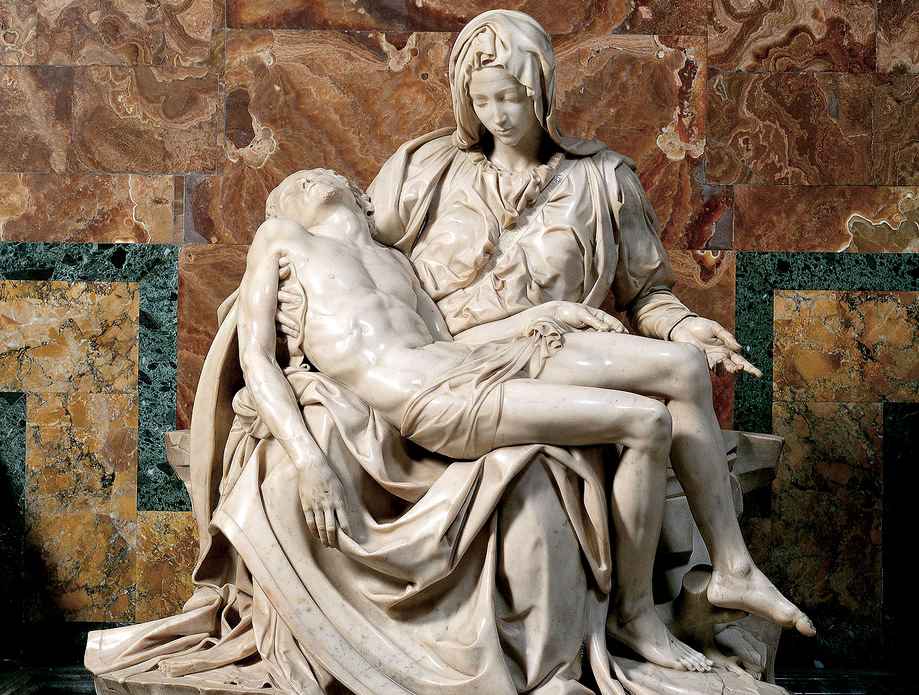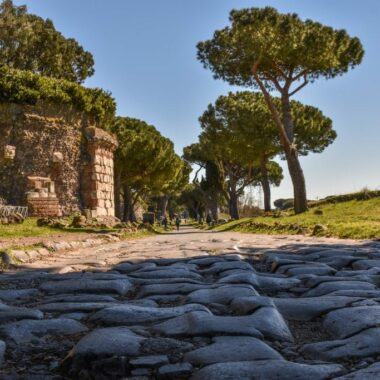The Romans called it marmor lumensis, referring to the port of Luni in Liguria that managed its commercial trade during its most flourishing years. Today, Carrara marble is one of the most prized in the world, a true raw diamond that, over the centuries, has inspired the finest generations of sculptors. But what is the origin of such grandeur and fascination? And above all, have you ever thought about which highly appreciated sculptural works were created by sculpting these famous blocks?
The Ligurians extracted marble as early as the 4th century B.C.
From artifacts found during archaeological excavations in the areas of expansion of the ancient Ligurian people, it has been astonishingly discovered that this stone was already being used over 1500 years ago. The Ligurians did not withstand the insurrections and pressures of the Romans and were annexed to the empire. This is how the Romans became aware of the enormous potential of the quarries in the Apuan Alps and began to accelerate their efforts. They expanded commercial networks, transportation routes, and accelerated extraction rates. Between 48 and 44 B.C., Rome imported an exorbitant amount of marble from the present-day city of Carrara, supplying the homes of nobles and adorning and constructing magnificent public works.
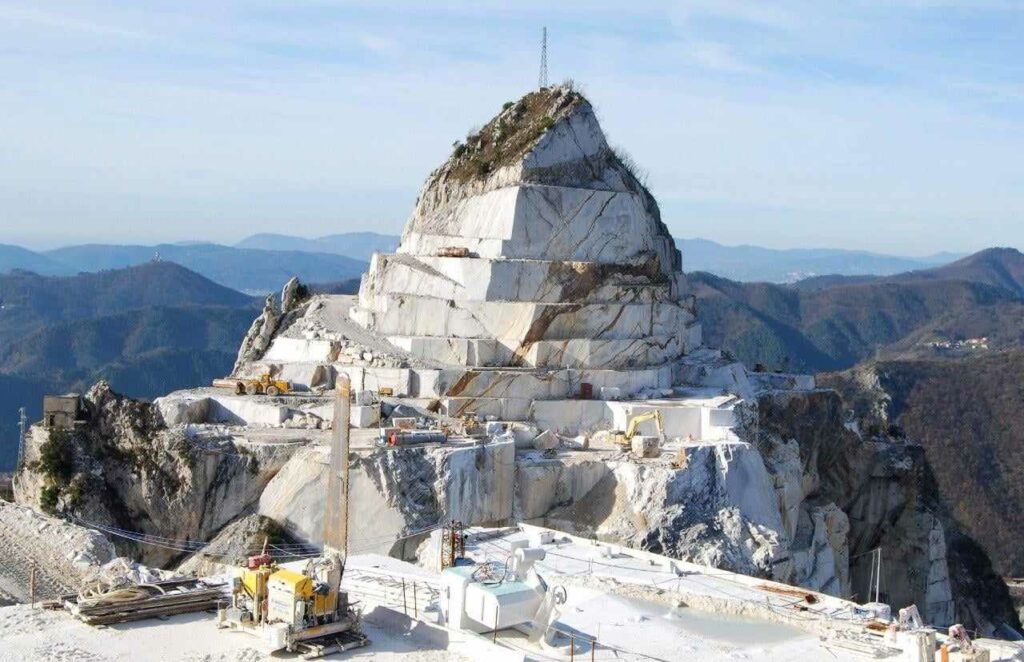
The use of Carrara marble regained popularity during Christianity and was highly demanded for the creation of artworks, sculptures, and even religious buildings.
Marble extraction techniques in Carrara have Evolved over time
Extraction was certainly not easy in Roman times, as they had nothing but large, sturdy tools and picks. Then came the famous formella technique, again pioneered by the Romans. It involved applying large iron wedges into a previously carved groove on the block. This was how the Romans used to form blocks of around 2 meters, which were then entrusted to the skilled hands of artisans.
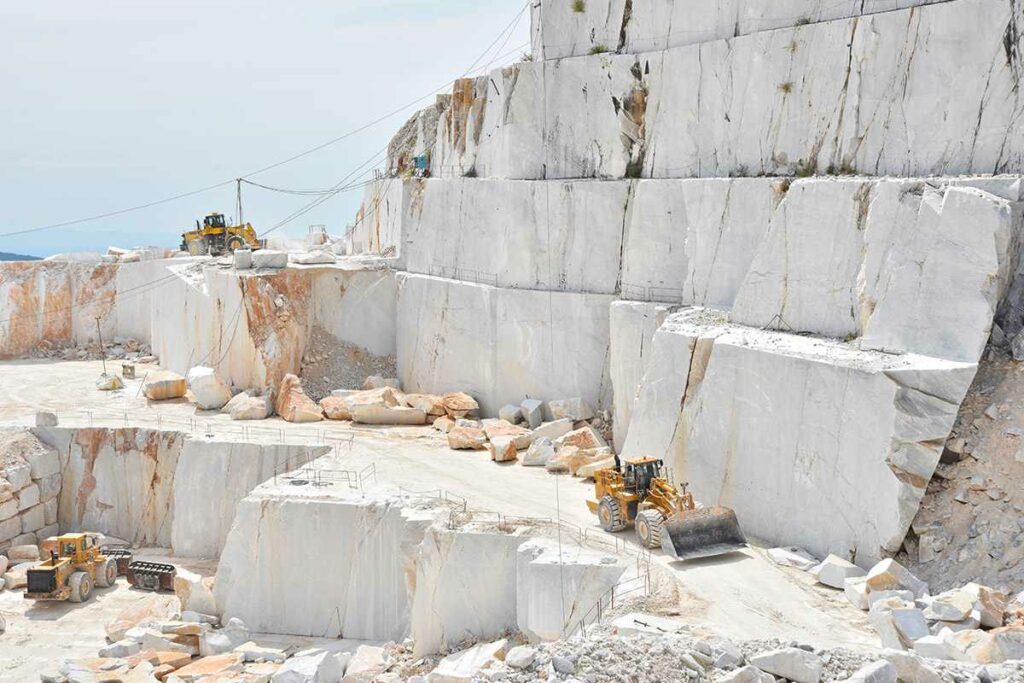
With the advent of the Industrial Revolution, the diffusion of more advanced tools like penetrating pulleys, helical wires, and abrasive techniques allowed for an acceleration in extraction. The industry quickly moved from the laborious and rudimentary “formella,” which required dozens of manual laborers, to the diamond wire saw, currently in use, which allows for extraction and on-site cutting into slabs of varying thickness, generally 2 or 3 cm.
Carrara Marble in the world of art: a true sculptural protagonist
To explain its importance in sculptural culture, it is sufficient to recall an anecdote: Michelangelo, during his stays in Carrara, personally rode on horseback to the quarries to carefully select the blocks for his subsequent works. We are talking about an exceptional personality like no other. The artist believed that each block had its own personality, its own story to tell, and that he merely removed the excess marble. He saw the image in the marble even before starting to sculpt, always having great devotion and admiration for Carrara marble.
Works of art:
- Pietà by Michelangelo
Today, one of the marble statues from Carrara of the highest absolute value is preserved at the Basilica of St. Peter in Rome: the Vatican Pietà, or Michelangelo’s Pietà, renowned since 1497. At the age of 22, the young Michelangelo personally rode on horseback, as was his habit, to choose the blocks from which he would extract the priceless work of art.
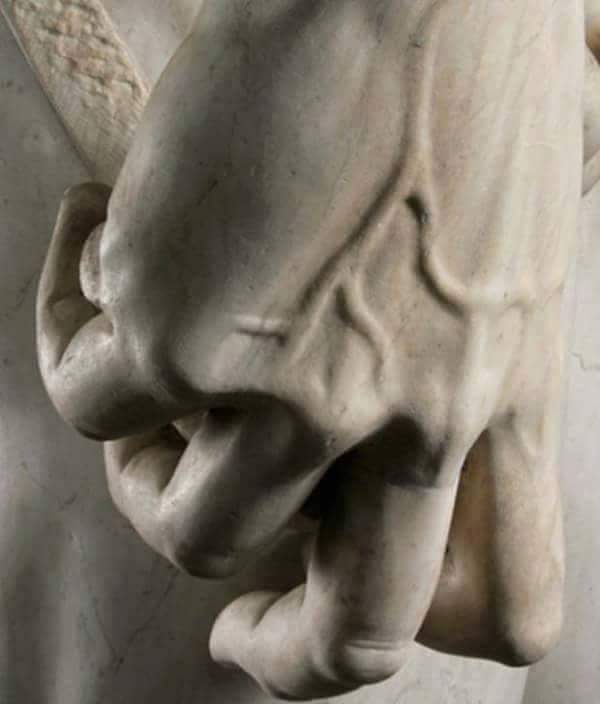
- David by Michelangelo
Even more famous is the iconic David, 520 cm of artistic perfection carved from a single abandoned marble block. It is still the prized Carrara marble that amazes, the material picked by Michelangelo to represent what is still considered the ideal of male beauty in art.
- The Rape of Proserpina by Gian Lorenzo Bernini
Not only Michelangelo. To reduce the artistic and sculptural value of Carrara marble to the works of the Tuscan genius would be extremely limiting, despite his divine mastery. This natural stone has inspired, delighted, and enamored the greatest Italian sculptural geniuses, such as Gian Lorenzo Bernini (1598-1680). The Rape of Proserpina is one of his most successful works: the detail of Proserpina’s flesh yielding to the grip of Pluto’s hand is particularly famous.
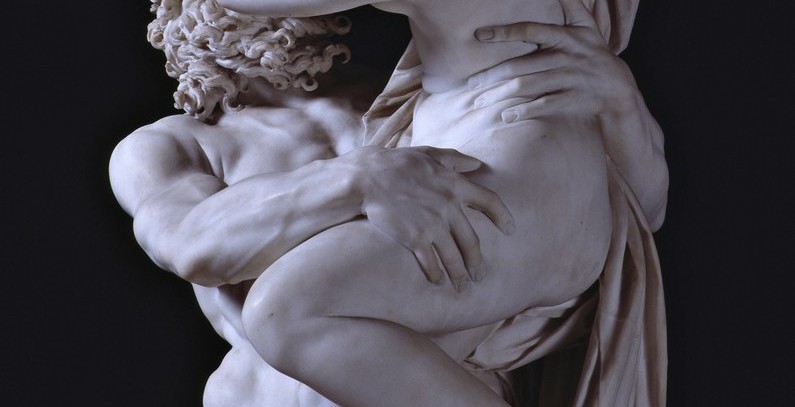
- Veiled Christ by Giuseppe Sanmartino
Giuseppe Sanmartino astonished the Catholic world with what is probably his most famous work. Housed at the Sansevero Chapel in Naples, it is considered by the art world one of the most renowned works in the entire Italian and international artistic panorama.
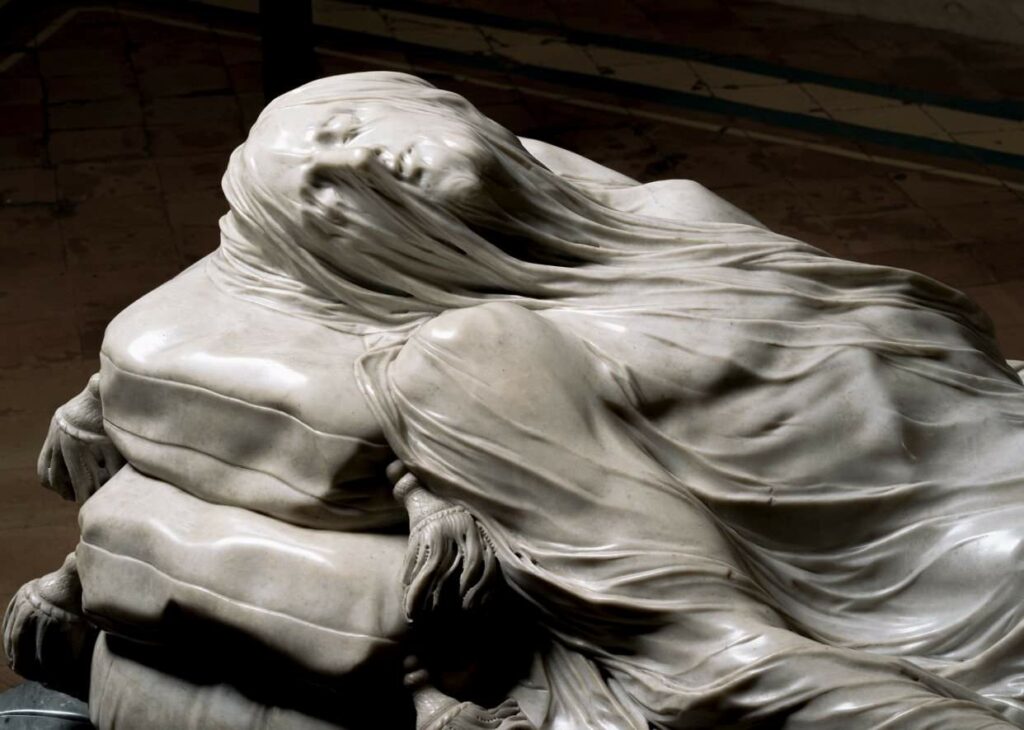
The fame behind the unparalleled and inexplicable realism of Christ’s veil has caused quite a stir over the centuries, never finding a definitive answer. The masterful rendering of the veil has given rise to the theory that the veil is nothing more than a marbleization of a veil draped over the statue during its creation.
This is just a tiny chapter where Carrara marble takes center stage in Italian art history. But it doesn’t end here; among sculptures, building facades, and public buildings, this natural stone dominates the Italian artistic scene. Not everyone knows, for example, that it was even used to embellish the main facade of the Siena Cathedral.
